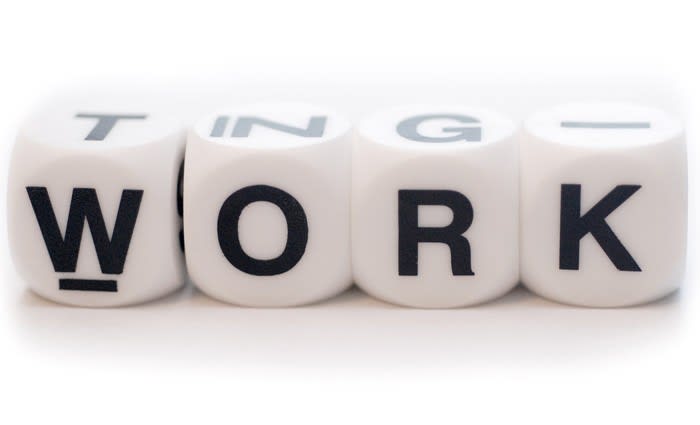Historic Aussie job market unemployment spike: CommSec's Craig James
EXPERT OBSERVER
Employment fell by 594,300 in April – the biggest monthly decline in jobs on record. Full-time jobs fell by 220,500 and part-time jobs fell by 373,800.
The unemployment rate rose from 5.2 per cent to 6.2 per cent in April – the biggest lift on record. It was the highest jobless rate since July 2015.
Hours worked fell by 9.2 per cent - the biggest monthly decline on record.
Participation rate: The participation rate fell from 66 per cent to a near 16-year low of 63.5 per cent – the biggest fall on record.
Spare capacity: In April, the underutilisation rate increased by 5.9 percentage points to a record 19.9 per cent. The underemployment rate increased by 4.9 percentage points to a record 13.7 per cent.
Unemployment across states in April: NSW 6.0 per cent (March 4.9 per cent); Victoria 6.0 per cent (5.2 per cent); Queensland 6.8 per cent (5.7 per cent); South Australia 7.2 per cent (6.3 per cent); Western Australia 6.0 per cent (5.4 per cent); Tasmania 6.2 per cent (4.9 per cent); Northern Territory 6.0 per cent (5.5 per cent); ACT 4.2 per cent (3.2 per cent). A record 221,500 jobs were lost in New South Wales; 129,500 jobs were lost in Queensland; and 127,100 jobs were lost in Victoria.
A raft of companies is affected by the employment data but especially those dependent on consumer spending.
What does it all mean?
If you went back a year ago, no one would have imagined that more than half a million jobs could be lost in the space of a month. The terms ‘unprecedented’ and ‘extraordinary’ are used regularly to describe the effects of COVID-19 on the economy. But when discussing the impact on the job market, the terms are appropriate.
What is happening in the figures is that almost 600,000 weren’t registered as employed in April – they didn’t work more than hour a week in the reference week. But those JobSeeker and JobKeeper recipients didn’t join the dole queue rather they “left” the workforce – they were neither employed or unemployed in the month. Rather the JobKeeper and JobSeeker beneficiaries stayed home, and waited for the economy to re-start so they could return to workplaces.
The fact that the jobless rate rose to 6.2 per cent and not 8.2 per cent is very positive. It shows that those on the sidelines are confident of returning to their jobs. The longer that an unemployed person stays out of work, the harder it is for that person to eventually find work. The great hope is that the job losses were only temporary and that the re-opening of the economy is indeed successful.
The best way to describe the impact of COVID-19 on the job market is in terms of the number of hours worked. Hours worked slumped by a record 9.2 per cent, and that accords with expectations that the economy will contract 10 per cent in the first half of 2020.
Many people have kept their jobs because of the JobKeeper program. So while those on the program are still ‘employed’ and deriving an income of sorts, they are not working, not adding to the output of businesses, and not adding to overall economic activity. The JobKeeper program keeps people connected to their employers, which is positive for the recovery phase. But the payments also ensure that people can spend and therefore serve to keep others in jobs and keep the economy moving.
The jobless rate is expected to peak near 10 per cent. And the Reserve Bank and Federal Treasury expect the economy to contract 10 per cent in the first half of 2020. But provided social distancing is maintained with good hand hygiene and significant COVID-19 testing, there is no reason that a ‘V-shaped’ economic recovery can’t occur as lockdown restrictions ease.
Looking ahead, the closure of our foreign borders will have a range of effects on the economy which also represents the value of Buying Off-The-Plan. Around 150,000 people come to Australia each year on different visas and do the jobs that Australians can’t or won’t do. If the jobs aren’t filled, then this could slow business output and economic output. But the absence, or reduced number, of migrants could serve to keep the jobless rate down if Aussies take up the jobs that they have shunned in the past.
The drop in jobs masks the impact - and future impact - on incomes. People have lost income and there is little hope for a lift in wages in the months ahead. Add in the deferral of dividend payments by listed companies and little or no interest income and there may be scope for ‘top up’ cash handouts by the Government.
CRAIG JAMES is the Chief Economist at CommSec
